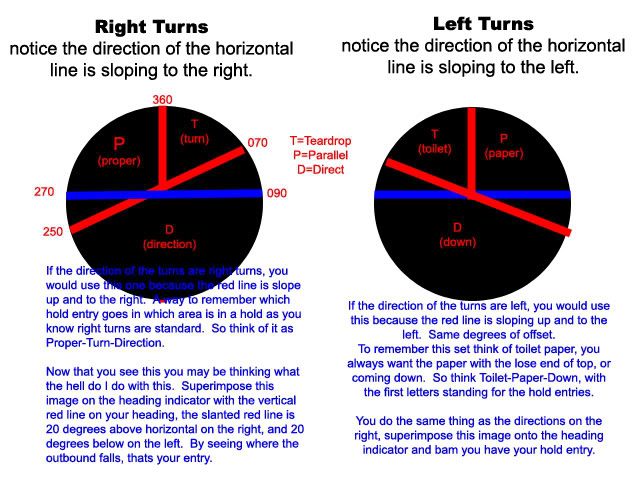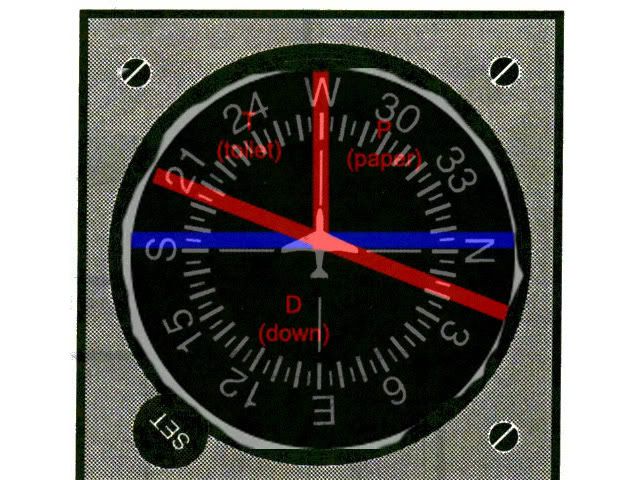flyTotheSky
Well-Known Member
This is why pilot's get the chicks right?
Haha, anyway I was wondering if anyone can offer up any advice for the aspiring instrument pilot. I'm just starting holding procedures and it is going ok but I'm getting tripped up on what type of entry procedure to execute (e.g. - teardrop, parallel, direct). My flight instructor said that for him he usually used to draw it out then he was able to visualize. He said that there are some tricks that some pilots do with heading bugs and what not to figure out how to enter a hold. Does anyone know these type of tricks or can anyone offer any general advice?. Thanks
Haha, anyway I was wondering if anyone can offer up any advice for the aspiring instrument pilot. I'm just starting holding procedures and it is going ok but I'm getting tripped up on what type of entry procedure to execute (e.g. - teardrop, parallel, direct). My flight instructor said that for him he usually used to draw it out then he was able to visualize. He said that there are some tricks that some pilots do with heading bugs and what not to figure out how to enter a hold. Does anyone know these type of tricks or can anyone offer any general advice?. Thanks



